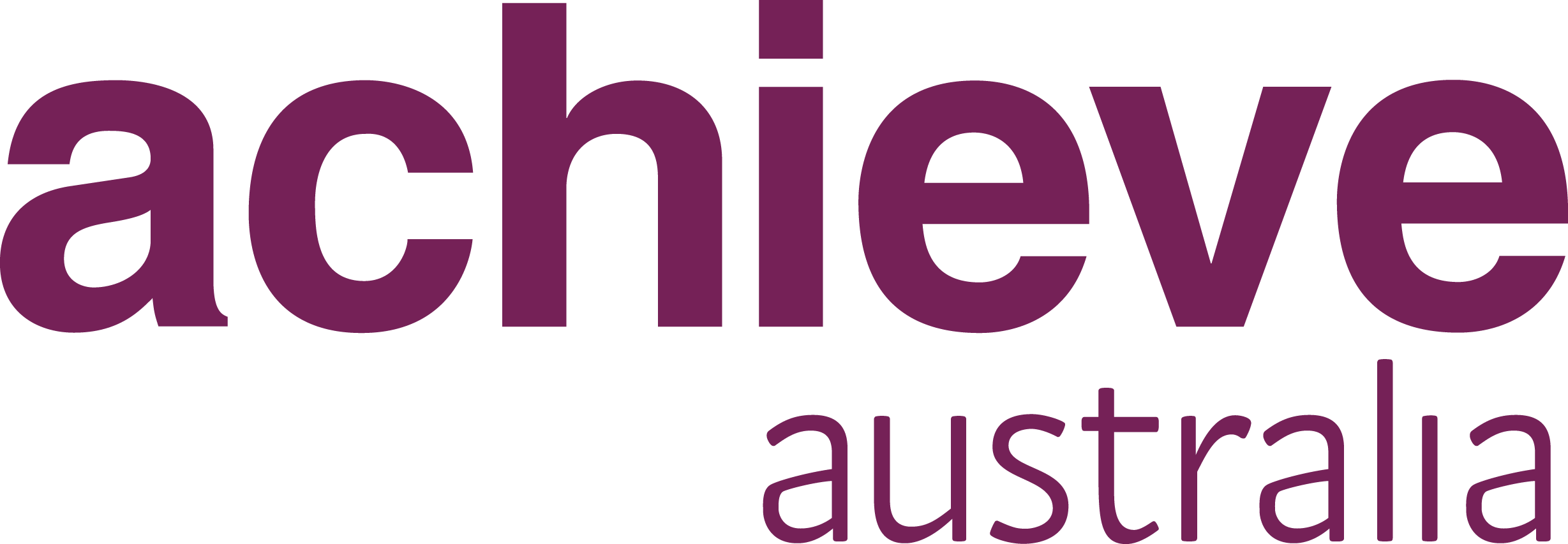7 November 2025
In recent years, the concept of intersectionality has become central to conversations about diversity and inclusion. The idea is simple: our identities overlap. Each of us carries layers of gender, race, class, sexuality, culture, and disability that shape how we experience the world.
People with disabilities are not a single, uniform group. A woman with a physical disability may face very different challenges from a man with an intellectual disability, or from someone who is both disabled and culturally diverse. These intersecting identities influence access to education, healthcare, and employment, and even how society perceives a person’s abilities.
For people with disabilities, intersectionality reveals how discrimination rarely occurs in isolation. A person may face multiple barriers at once. For example, a First Nations woman with a disability may encounter ableism, sexism, and racism simultaneously. Each layer compounds the challenges she faces and affects the kind of support she needs.
Consider a young person who identifies as LGBTQI and lives with a vision impairment. They often find themselves moving between two worlds that sometimes forget they belong in both. In disability spaces, accessibility is prioritised, but conversations about sexuality are rare. In queer spaces, their disability can become invisible. This overlap of barriers is what intersectionality looks like in daily life, not theory but reality.
For many years, disability advocacy has been treated as a single-issue space. Campaigns often focus on accessibility or employment without recognising how culture, gender, or income shape those experiences. In truth, no two people with disabilities share the same circumstances.
Understanding intersectionality allows advocates, service providers, and policymakers to create support that meets people where they are. For example, culturally and linguistically diverse communities may have different understandings of disability. Language barriers can make it harder to access services or to feel included in decision-making. Similarly, LGBTQ+ people with disabilities often face exclusion both from disability networks and from queer communities.
An intersectional approach encourages deeper listening and openness to different perspectives. It recognises that equality is not about treating everyone the same but about understanding that people begin from different starting points and need varying types of support to thrive.
When people with disabilities who also identify as Indigenous, migrant, or queer share their stories, they expand society’s understanding of what disability looks like. Seeing a wide range of disabled voices in the media, in leadership, and in community spaces challenges stereotypes and helps break down barriers.
Organisations such as Achieve Australia play a vital role in this process by creating opportunities for diverse perspectives within their workforce and programs. Initiatives like My Life After 5, which helps people build life skills, and Quality Champions, where people in group homes discuss issues that matter to them, are examples of inclusion in action. Through inclusive hiring practices, staff training, and accessible communication, intersectional thinking ensures everyone is part of the conversation.
Intersectionality also helps explain why some groups within the disability community face greater disadvantage. Research shows that women with disabilities experience higher rates of violence, unemployment, and poverty than men with disabilities. Likewise, people from culturally and linguistically diverse backgrounds are less likely to receive early intervention or specialist support.
Recognising these inequalities is not about assigning blame; it is about identifying where systems fall short and how they can improve. When we apply intersectional thinking, we design policies and services that are flexible, person-centred, and grounded in real lives rather than assumptions.
To make inclusion truly meaningful, we must move beyond checklists and slogans. Intersectionality invites us to ask deeper questions: Who is being heard? Who is being left out? How can we create spaces that work for everyone?
In practice, this might mean offering interpreters for community meetings, providing information in multiple formats and languages, or co-designing programs with people who bring diverse lived experiences. It also means valuing the leadership of people with disabilities in shaping the services and policies that affect them.
At its core, intersectionality is about empathy and curiosity. It challenges us to see the whole person rather than a single label and reminds us that inclusion is not just a policy; it is a mindset.
For families, service providers, and advocates, an intersectional approach builds understanding and strengthens connections. It ensures that every person with a disability, regardless of gender, culture, sexuality, or background, is recognised, respected, and supported to live the life they choose.
When we begin to see disability through an intersectional lens, inclusion becomes more than a goal. It becomes a shared responsibility, built on listening, learning, and acting together. Every person’s story deserves to be heard, and every voice adds something vital to the bigger picture of what it means to belong.
Explore more topics
- Accessibility
- inclusion
- Achieve Australia
- disability
- belonging
- The Sewing Basket
- Employment
- disability employment
- Accessible
- Community
- Advocacy
- NDIS
- 2022
- My Life My Say
- Meet our Achievers
- blog
- people with disability
- travel
- women with disability
- Art
- Australia
- COVID-19
- Celebrating people we support
- Disability services
- Good nutrition
- Health tips
- Mental wellbeing
- NDS
- Sharing milestones
- Sydney
- achievable
- assistance dogs
- depression
- disability communications
- disability inclusion
- election
- employee of the year
- intellectual disability
- motherhood
- pregnancy
- social inclusion
- support workers

